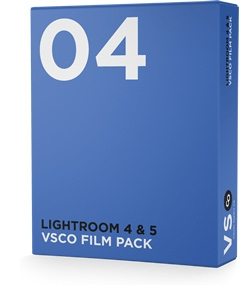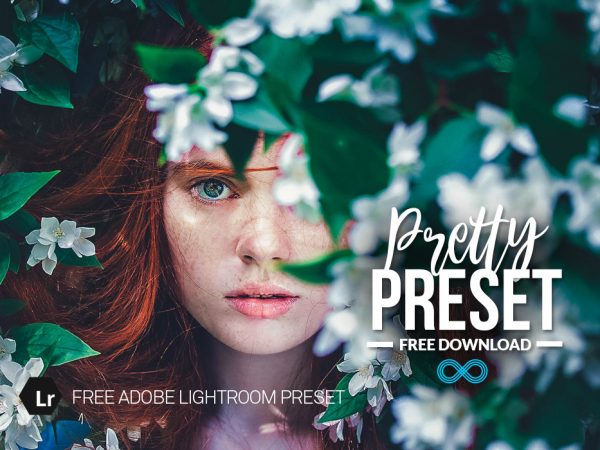

- #Vsco film 01 for adobe lightroom 4 free download skin#
- #Vsco film 01 for adobe lightroom 4 free download full#
These are primarily designed to apply special effects or a specific “look” to your photo, and they’ll work for rendered files (JPEG/TIFF/PSD/PNG) as well as raw photos. The next section of folders contains a selection of creative profiles. As the folder name suggests, these are just to maintain compatibility with edits done using previous Lightroom versions. The Legacy Profiles folder contains B&W versions of the old profiles. The Profiles folder contains camera-specific (.dcp extension) profiles that you created using the DNG Profile Editor or X-Rite ColorChecker Passport plug-in, or older camera-specific profiles created by third-parties such as VSCO or RNI Films. They’re designed to mimic your camera JPEG, so they’ll more closely match the image you saw on the back of the camera, although they’re not available for all cameras. The camera matching or camera emulation profiles have been available for years, hidden in the Camera Calibration panel, but they’re now easier to find. It’s ideal for photos with tricky colors and gradients that just don’t quite work with the other profiles. It’s great for sunsets!Īdobe Neutral is a very flat starting point, ready for you to edit in your own way.
#Vsco film 01 for adobe lightroom 4 free download skin#
The aim is to look great on a wide range of photos.Īdobe Monochrome is designed to be a better starting point for B&W photos, with improved tonal separation.Īdobe Portrait is optimized for a wide range of skin tones, including very pale skin and very dark skin, so it’s ideal for portraits and family shots.Īdobe Landscape removes the skin protection and compresses the tones to give a little more headroom for outdoor photos that often have a wide dynamic range, and the blues and greens are enhanced to benefit many landscape photographs.Īdobe Vivid looks like it’s on steroids, with a very punchy and saturated effect. It adds a little more contrast and saturation, while attempting to protect the skin tones. Lightroom Classic now has a number of additional variations on Adobe Standard, each optimized for their intended purpose, including:Īdobe Color is the new default for color photos. It was intended as a good starting point for your edits, and it aimed to make photos from different cameras look as similar as possible. The Adobe Standard profile has been the default since Camera Raw’s inception. There are two main types of profiles – camera-specific profiles and creative profiles. Camera-specific profiles only apply to raw photos, so for rendered files (JPEG/TIFF/PSD/PNG), you’ll find a Basic folder containing just Color and B&W. The Camera Raw plug-in for Photoshop does already have profile management tools, such as the ability to hide profiles and profile sets, and any changes you make in Camera Raw apply to Lightroom as well. This groups them in the Favorites folder, and also adds them to the main Profile pop-up, so you don’t have to open the Profile Browser every time you want to switch profiles.Īs you look through the profile browser, you’ll note that the profiles are grouped into sections, and then into folders. There are no profile management tools yet, so you can’t hide, rename, delete or reorganize the profiles in Lightroom. Over the course of time, you’re likely to find you use some profiles more than others. By clicking the star icon in the corner of the thumbnails, you can mark these profiles as your favorites. When you’re ready to apply the profile, click on it and then click the Close button at the top to return to the normal Develop panels, or double-click on the profile to do both at once. The thumbnails may be a little small to preview properly, so to preview a profile on the main image preview, simply float over the profile thumbnail or name.
#Vsco film 01 for adobe lightroom 4 free download full#
To view the full range of profiles, click the Browse button (the four-squares icon in Lightroom Classic) to open the Profile Browser panel. The Profile pop-up is found at the top of the Develop Basic panel in Lightroom Classic (left), or in the Profile panel in the Lightroom CC apps (right).

Profiles are designed to be selected first, before you start editing, just like choosing a specific film stock for it’s unique “look.” You can select a different profile at any time, and your slider values will remain untouched, but the look of the photo may change considerably, so it’s more efficient to select your profile before you start editing. In the April 2018 Lightroom releases, these profiles have become first-class citizens, moving to the top of the Develop panels, and many more profiles have been added. Since version 3, Lightroom has offered a number of profiles to emulate different in-camera picture styles, but they’ve been hidden away in the Camera Calibration panel so most people didn’t know they existed.


 0 kommentar(er)
0 kommentar(er)
